Blauwwind
Bringing back the flat oyster in offshore wind farm Blauwwind
The flat oyster has almost completely disappeared from the Dutch North Sea, while oyster reefs are of great importance to a healthy and rich marine life. Oyster reefs filter the seawater and serve as resting and reproduction areas for small fish. Hopefully, the area will subsequently become more attractive to sharks, rays and seals. In addition, soft coral can attach itself to the hard substrate of the oysters. It would be fantastic if we could reintroduce the flat oyster to our part of the North Sea. In this project, The Rich North Sea is investigating whether oysters can reproduce there and whether young oysters can establish themselves on the stones and a deposited shell layer around the base of wind turbines. In addition, it will investigate how the general biodiversity develops in this recently built wind farm.
What are we going to do?
In order to be able to predict what is needed for successful nature development in future wind farms in the North Sea, we need to know more about the criteria for successful reproduction of the flat oyster in wind farms. In 2020, we set up oyster cages with a total of 2,400 flat oysters in Blauwwind wind farm. The aim of this test is to find out whether the oysters can establish themselves permanently in the wind farm and whether this will attract new nature.
There is a strong current around the foundations of wind turbines. To protect the soil and the foundation from erosion, a layer of stones is deposited around it. This protection is also called scour protection. This ensures that the sand remains underneath. The stones and gravel can serve as settlement areas for oysters, among other things. In this project, we are not installing artificial reefs, but we are checking to see whether oysters use the material as a settlement material. How nice it would be if that provides a habitat for oysters and other marine animals!
The location
This project is located in the Borssele III & IV wind area, which is about 55 kilometres off the coast of Vlissingen. The turbines will supply a renewable energy equivalent to the consumption of 825,000 Dutch households. The Rich North Sea is working here with the Blauwwind consortium.

Results: do oysters reproduce and attach to shells, gravel or stones?
In the past, oysters have been introduced into the North Sea on numerous occasions, but the Blauwwind trial is unique. This is the first time that the base of wind turbines is being used for this purpose. We want to learn whether and how the flat oyster reproduces at the base of the wind turbines and what surface the young oysters prefer to attach themselves to. Is it the stone layer on the bottom, the base of the wind turbine or the layer of shell we have deposited? We will share this knowledge with future builders of offshore wind farms.




